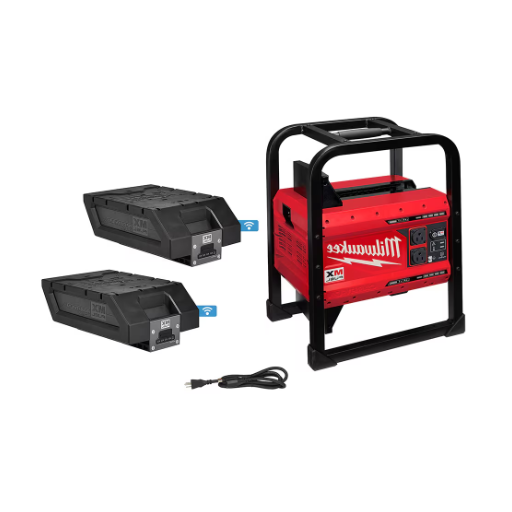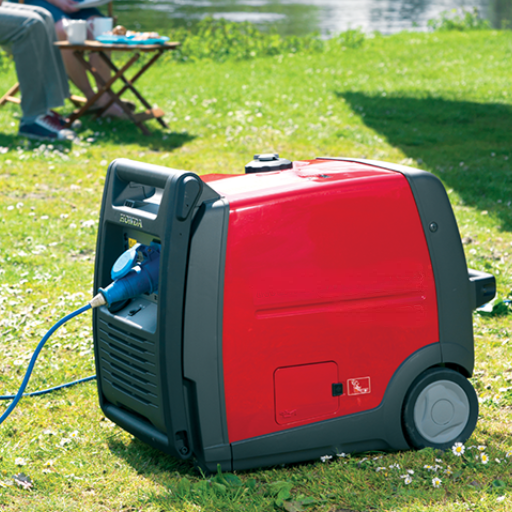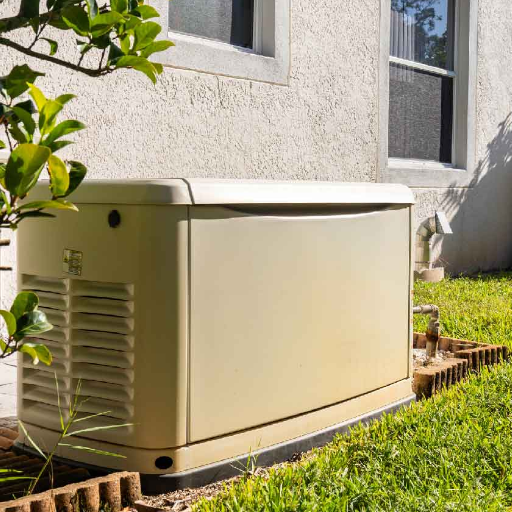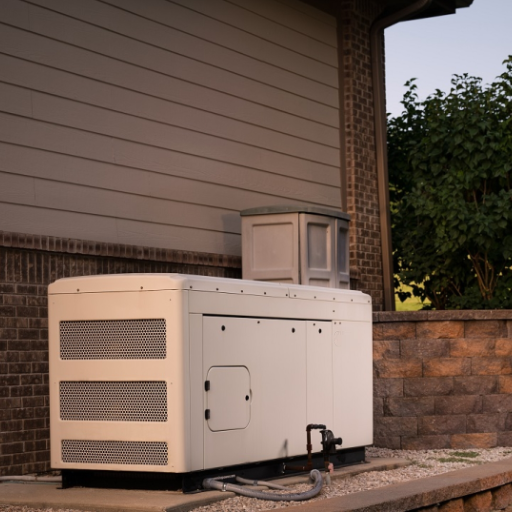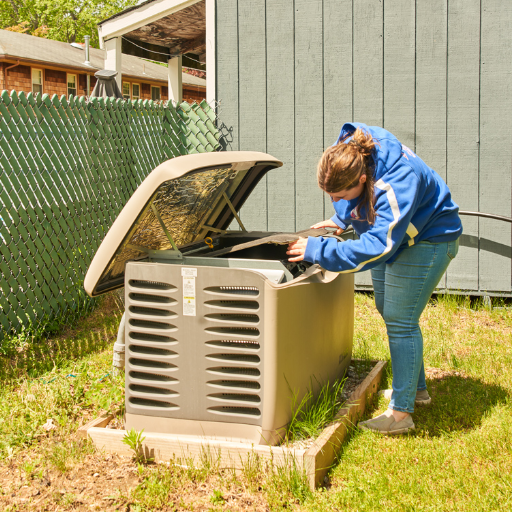When it comes to powering your tools efficiently and effectively, selecting the right generator is a critical decision. Whether you are a professional contractor working on remote job sites, a DIY enthusiast tackling home improvement projects, or someone simply preparing for unexpected power outages, the choice of generator directly impacts the performance of your equipment and the success of your tasks. This guide is designed to provide a comprehensive framework for understanding the key factors involved in choosing a generator that meets your specific power needs. From calculating wattage requirements to evaluating fuel types, understanding portability, and ensuring compatibility with your tools, this article outlines everything you need to make an informed decision. With a focus on technical details and practical advice, you’ll be equipped to select a generator that maximizes efficiency, safety, and reliability for your power tools.
Which type of generator is best for powering tools?
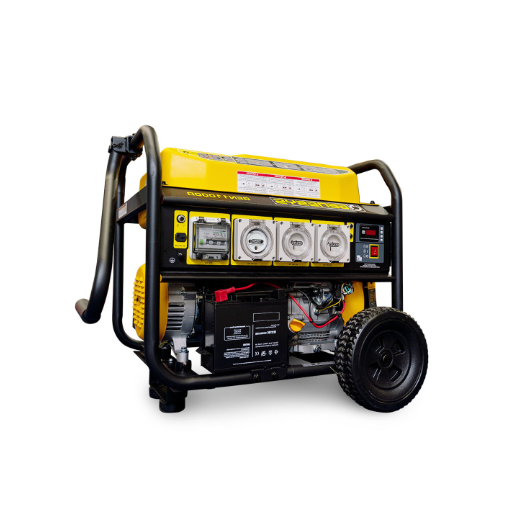
Portable generators vs. inverter generators
Your power requirements largely dictate the use of portable generators and inverter generators. Portable generators have always been favored for their wide variety of applications since they provide higher demand for power. Their versatility is unmatched because they also give power up to 10,000 watts, while low-range portable generators function at a minimum of 3,000 watts. In addition to that, they can power multiple tools while working simultaneously and also provide stable electricity for less sensitive devices. Portable generators also utilize traditional alternators to generate electricity, which increases their advantage over other generators.
On the contrary, if energy output is the most important issue, along with fuel efficiency and portability, inverter generators are the solution to the problem. An inverter generator is extremely efficient, more compact, is quieter comparatively, and uses advanced technology to convert DC electricity to AC electricity with minimal harmonic distortion. They’re also more purpose-oriented with set ranges of 2,000 to 4,000 watts, making them perfect for slicing power tools and electronics.
When having to choose between the two, keep in mind noise tolerance, portability, fuel efficiency, and the wattage requirements of your tools. For instance, tools like air compressors or circular saws usually have high starting wattage, which makes portable generators more suitable. Meanwhile, electronic equipment like laser levels can use the more stable power from inverter generators.
Fuel options: Gas, propane, and dual fuel
Gas-powered generators are some of the most common types because of their availability and affordability. They usually provide higher power ratings, which makes them suited to heavy-duty, high-wattage tools. But compared to other types, gas engines have higher emissions and require maintenance for peak performance to be achieved. For instance, depending on the model, a typical gas generator produces anywhere between 2,000 to 7,500 watts.
Even though they are often considered hazardous, propane generators offer a more eco-friendly solution because of the fuel’s clean-burning properties and longer shelf life. In the case where storage is needed, propane is much more suitable than gasoline. Power output from a propane generator is usually a bit less than a gas generator of similar size, typically from 1,600 to 6,000 watts.
Knowing that gasoline and propane can be used interchangeably makes dual fuel generators a popular fuel choice. This feature is quite useful in times of fuel scarcity or for long-term applications. As an example, dual fuel generators can be used to provide 4000 watts using gas, but when offsetting with propane, it can only deliver a little over 3600 watts.
You can think about fuel availability, emissions, runtime, and power output when making a final decision on a generator. Doing this helps to ensure that you select the best option for your particular needs.
How do I choose a reliable generator for job sites?
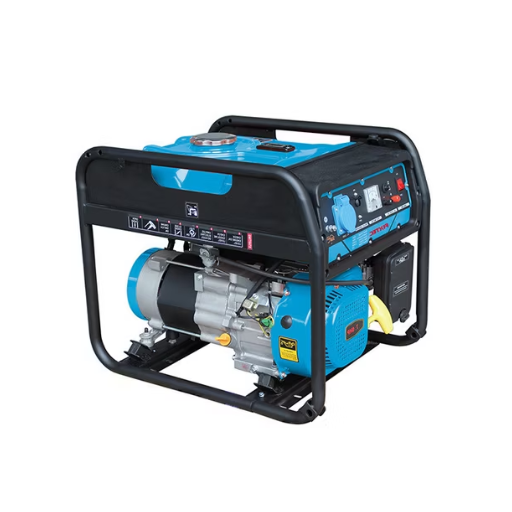
Features to look for in a job site generator
When choosing a generator for a job site, I try to observe a few specific features that guarantee it will be reliable and functional.
- Power Output: I add together the wattages of my tools and equipment so that I can pick a generator that will not struggle to take on the peak load demands. For instance, some of the heaviest tools may take anywhere from 4000 to 7000 watts, so I picked a generator that will meet or exceed this requirement.
- Fuel Type and Efficiency: I also take into account whether the generator uses diesel or gasoline or is dual fuel (gasoline and propane). For instance, Diesel generators are more fuel efficient and economical for extended use compared to others, while dual fuel generators are convenient since propane can be used instead of gasoline as the primary fuel.
- Runtime: Depending on my work schedule, I try to target generators that have a tank size and runtime that fit my criteria. For example, one that offers an 8-12 hour runtime while producing 50% of its power is suitable for a generator when I am on a full work day, as I will not need to refuel often.
- Durability and Build: The generators should have robust frames, heavy-duty wheels, and weather or debris protection that can withstand the harsh conditions of a work site.
- Safety Features: Low-oil shutoff, overload protection, and reliable circuit breakers to avoid damage to the generator and connected equipment. These are crucial elements in the more advanced models.
- Noise Level: Different job sites work with various noise restrictions, so I check the dBA rating of the generator. For most units, anything under 75 dBA is good for the majority of settings.
Choosing a generator requires these technical requirements to be met alongside picking the most suitable power solution for the job. The goal is for the generator to be efficient and durable.
Importance of electric start and long run time
The ease of use and functionality of generators can be notably improved due to electric start capabilities and longer run times.
- Electric Start: With an electric start, manual recoil mechanisms need not be employed, and a more reliable startup process can be experienced. As a result, electric starts are especially helpful during high-pressure situations where reliable startups are a must. Electric starts are powered by internal battery systems that range from 12V to 24V. For the electric starts to be efficient, the internal batteries need to be checked periodically. Generators equipped with electric starts usually have a backup recoil mechanism for increased reliability. For those working in cold regions, generators with electric starts and low-temperature batteries allow professionals to work more easily.
- Long Run Time: Operational run time is perhaps the most important parameter for those that require constant power, and this is determined with the help of the fuel tank capacity which usually varies from 3-10 gallons, the generator’s fuel consumption, and also the type of load on the generator, whether half or full. When utilizing models that consume around 0.5 GPH under 50% load with a 5-gallon tank, unhindered operation for up to 10 hours is ensured. Long run time reduces the amount of labor that needs to be performed and increases efficiency and productivity.
With these features, it is far easier to choose a generator that fulfills operational requirements without compromising on performance and longevity.
Can I use a generator to power multiple tools simultaneously?
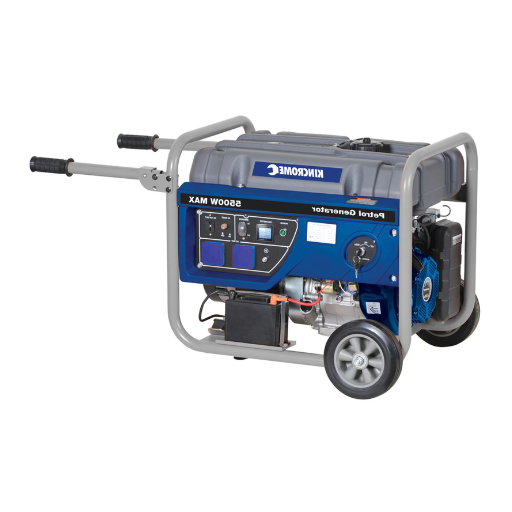
Balancing load across outlets
While a generator can be used to power multiple tools simultaneously, it is important not to exceed the limit of a single circuit. If this happens, the circuit may become overloaded. Start by determining the wattage each tool needs. Remember that most generators have a maximum wattage limit, so be sure to check before connecting any devices. For example, a generator will often state its rated running wattage and peak surge wattage. When using a generator, the combined running wattage of all connected tools mustn’t surpass the rated wattage of the device.
- Total Running Wattage Perfect: The combined wattage for all devices connected ot the generator. For instance, Tool A, which uses 600W, and Tool B, which requires 800W, would use a combined total of 1,400W.
- Peak Wattage: Turn on tools with high initial draw wattage – like a power drill or circular saw that draws over the standard running wattage – and make sure their peak demand does not surpass the generator’s maximum surge wattage.
- Circuit Breaker Ratings: Abide by the circuit breaker ratings of the generator. Failing to do so might trip the device. Balancing the load among outlets connected to various circuit breakers.
- Outlet Capacity: It’s vital that each outlet can manage the device’s current draw. Standard outlets on a generator often have a limit of 15A or 20A.
Staying within these limits and balancing the load will enhance the performance of the generator and reduce the chances of failure or damage to the system.
Safety considerations for multi-tool operation
To not exceed the rated surge and wattage power of my generator at 6500 and 5000 watts, respectively, I always check if the total power of the tools or devices I need to operate at the same time is lower than the rated power. This way, I do not overload my generator.
I try to load different power sockets that have different circuit breakers to reduce the chances of tripping the breaker. The goal is to ensure that power remains steady. By doing so, I also make sure that the power condition of the tool can be serviced by the socket. For instance, if a thing requires 16A of current, I make sure that a socket rated at 20A is there.
Also, I know very well that using an under-rated extension cord may lead to overheating, voltage drops and other calamities, so I do not take that risk. For devices that require high power, I opt for a high amperage or 12 or 10 gauge extension cor, depending on the distance the cord needs to cover. These are the steps that guarantee the safe and dependable work of the tools.
What are the best generators for specific power tools?
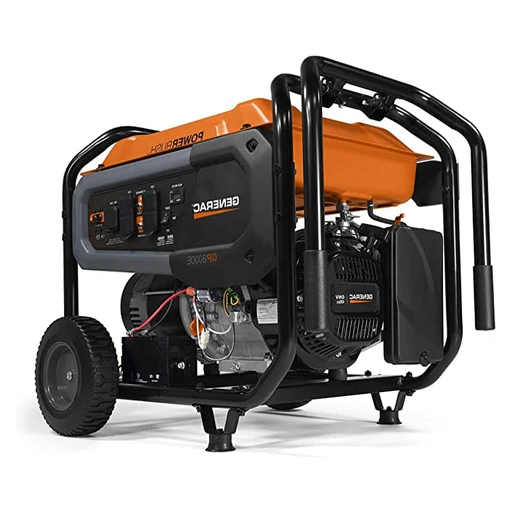
Generators for high-amp tools like saws and compressors
I pay extra attention to the overall wattage of the generator when buying one for high-amp tools such as saws, compressors, and so on. Each of these tools has its starting and running power needs. Many of these high-amp tools need a surge of power during startup, which is why I mostly account for that. For example, a table saw might have a running wattage of 1800 watts but need around 3600 watts when starting up.
Most high-amp tools will fall within this rang, and you’ll still get a good power margin for safety. Here are some of the big ones I’d pay attention to:
- Rated (Running) Wattage: This value should be equal to or greater than the total running wattage of all the tools that are being operated.
- Voltage Stability: A generator that comes with automatic voltage regulation (AVR) will consistently output, which will assist in maximizing the efficiency and increasing the longevity of the tools.
- Peak (Starting) Wattage: The generator has to be able to supply a certain amount of surge capacity to cover the sudden increase during startup.
Having a generator that fulfills all of these requirements means that I will be able to use power tools confidently and reliably without interruptions or equipment damage.
Powering smaller electric hand tools
In terms of powering smaller electric hand tools, my main focus revolves around using a generator that has lower wattage requirements so that it is both efficient and stable. Tools like drills, sanders, and jigsaws, for example, usually require power ranging between 500 and 2,500 watts.
- Rated (Running) Wattage: A generator should meet and slightly exceed the sum of running wattage of smaller tools in use. A drill, for instance, requires 600 watts, while a sander uses 400 watts. Therefore, a generator with a 1,500-watt running capacity is preferable as it provides a safe margin.
- Peak (Starting) Wattage: The generator must be able to accommodate the startup surge, even for smaller tools. For most hand tools, this is usually between 1.5 to 2 times greater than the running wattage.
- Voltage Regulation: Tools with sensitive electronics need a generator that has automatic voltage regulation (AVR) or inverter technology; this will increase consistent performance and prevent damage to the tool.
By sticking to these factors, I avoid unnecessary oversizing of the generator while ensuring operational reliability and efficiency.
Specialized generators for welding equipment
Determining the Welding Current Requirements: The output power of the welding unit is defined by the amperage range. If, for example, the MIG welder works at 200 amps, the generator needs to output a minimum of 6000 watts.
- Generators and Welders Duty Cycle Compatibility: If adequate generator and welder duty cycles are mismatched, the performance of the welder will be interrupted and unproductive. In cases of heavy-duty applications, uninterrupted power for extended periods is also mandatory.
- Output Voltage Stability: To allow precise welds, consistent voltage output is critical. Modern welding devices, having delicate electronic controls, function best with inverter generators, which maintain stable voltage.
- Choosing a Generator Based on Fuel Efficiency and Runtime: For long jobs, a generator with high fuel efficiency and a long runtime will minimize interruptions for refueling and aid in maximizing productivity.
A careful evaluation of these factors guarantees that sufficient power is supplied to all welding equipment, ensuring reliable performance in every condition.
How do I maintain my generator for optimal performance with power tools?
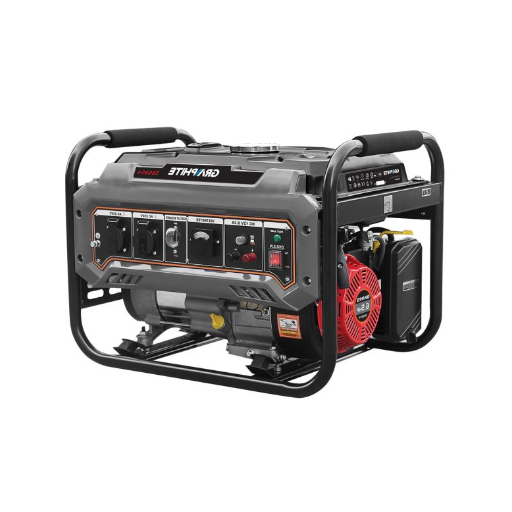
Regular maintenance schedule
To keep my generator in top performance to use alongside power tools, I maintain a strict maintenance schedule that is systematic:
- Daily Inspections: Before each use, I ensure that there are no visible damages and check that the oil and fuel levels are adequate while also keeping an eye out for any leaks. I also check the state of the air filter and clean it if need be.
- Oil Changes: To help with lubrication and prevent wear on the engine, I follow the manufacturer’s recommendation of changing oil between every 50 and 100 hours of operation. I only use oil grades that are prescribed in the generator manual, such as SAE 10W-30 for moderate climates.
- Air Filter Maintenance: Depending on the amount of dust that surrounds the generator, the air filter is replaced or cleaned every 50 hours of operation.
- Spark Plug Inspection: Every 100 hours, I check the spark plugs for signs of corrosion or buildup. If I do notice that, I then proceed to replace them. The spark plugs should gap properly for efficient operation, which is between 0.028 and 0.031 inches.
- Fuel System Management: Assuming that the generator will not be used for more than 30 days, I remove the fuel within the tank and the carburetor to prevent contamination. To avoid the fuel system, I also use unpolluted and stabilized fuel.
- Cooling System Checks: For generators that are cooled by air, I maintain the cooling fins to avoid overheating. Additionally, I check that all ventilation points are clear of debris.
- Load Testing: For every cycle of operation, I check that the generator performs under load conditions, as that is necessary for sustained operation as well asthe proper functioning of the machine over time.
- Battery Maintenance: In the case of battery chargers with electric generators, I check the battery every month, clean the terminals, and make sure that the battery is charged to the fullest for optimum use.
Following this maintenance schedule and using factors provided by the manufacturer, I guarantee that the generator works as intended and reliably powers all my tools and equipment.
Proper storage and fuel management
To maximize the efficiency and lifespan of my generator, I carefully observe fuel storage protocols. The first step is to keep the generator in a dry and ventilated area that is free from moisture and away from direct sunlight to prevent sensitive parts from being corroded. I ensure that the temperature does not go above the range specified by the manufacturer (which usually is 40 Celsius and can go down to-10C based on your model).
For fuel management, I make sure I never let the generator fuel sit for a long time and instead use clean, stable fuel that prevents the formation of deposits that could block the fuel system. For the concentration of stabilizers, I usually follow the manufacturer’s advised dosage, which is generally 1 ounce for every 2.5 gallons of fuel. I ensure I label the storage container in which I store fuel and ensure that I rotate unused fuel every 3 months. To store the fuel system long-term, I drain it or let the generator run until it shuts down while ensuring the carburetor does not contain stale fuel.
By following these procedures, I focus on getting the best performance possible while reducing possible failures and making sure I am operating within the manufacturer’s guidelines.
Reference sources
Frequently Asked Questions (FAQs)
Q: How do I choose the right generator for power tools?
A: To choose the right generator for power tools, consider the total starting and running watts of your tools, portability needs, and fuel type. Calculate the power requirements, decide on generator size, and compare features like eco mode and AC power output. Honda and Westinghouse offer reliable power options for various needs.
Q: What’s the difference between starting wattage and running wattage?
A: Starting wattage, also known as surge watts, is the extra power needed to start motor-driven tools. Running wattage is the continuous power required to keep tools operating. When choosing a generator, ensure it can handle both the starting and running watts of your power tools.
Q: How do I calculate the generator size I need for my power tools?
A: To calculate the right generator size, add up the running wattage of all the tools you plan to use simultaneously. Then, identify the tool with the highest starting wattage and add that to your total. This sum will give you the minimum wattage your generator should provide. Many generator sizes are available to match your specific needs.
Q: Are portable generators suitable for power tools?
A: Yes, portable generators are excellent for power tools, especially on job sites or for outdoor projects. They offer flexibility and can provide sufficient power to run multiple tools. Look for generators with CO (carbon monoxide) safety features for added protection when using them in various environments.
Q: Can I use a generator for both power tools and RV applications?
A: Yes, many generators can serve dual purposes for power tools and RV use. Look for versatile options like tri-fuel generators that can run on multiple fuel types. These generators provide flexibility for both work sites and recreational activities, ensuring you have power to run your tools and RV appliances.
Q: How important is portability when choosing a generator for power tools?
A: Portability is crucial when selecting a generator for power tools, especially for contractors or DIY enthusiasts who need to move their power source frequently. Consider factors like weight, wheel kit options, and handle design. Portable power solutions allow you to transport your generator easily to different job sites or around your property.
Q: What safety features should I look for in a generator with CO detection?
A: When choosing a generator with CO detection, look for models with automatic shutoff features if carbon monoxide levels become dangerous. Some advanced generators also include LED indicators to show CO levels. These safety features are essential, especially when using generators in enclosed or partially enclosed spaces.
Q: How do I determine the power requirements for my specific tools?
A: To determine power requirements, check the tools data tag or owner’s manual for starting and running watts. If this information isn’t readily available, you can use a wattage meter to measure the actual power consumption. Remember that tools with motors typically require more starting watts than running watts.



